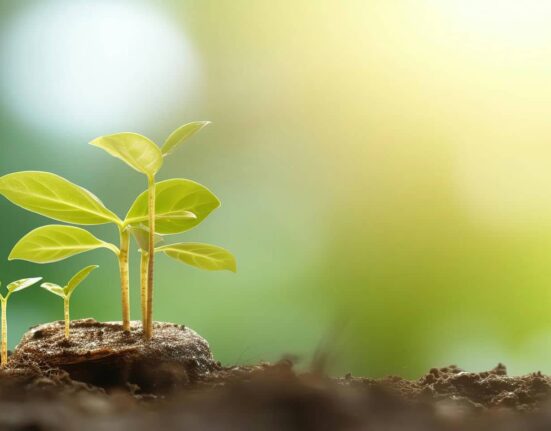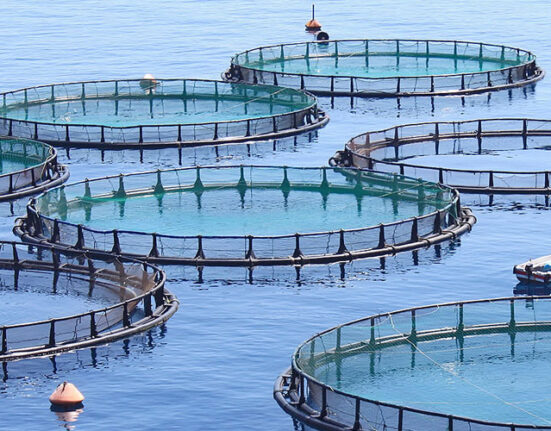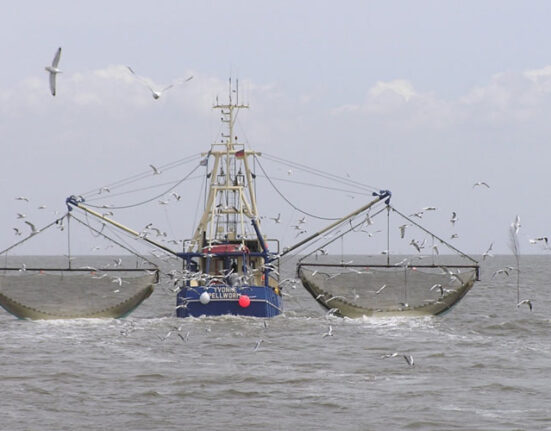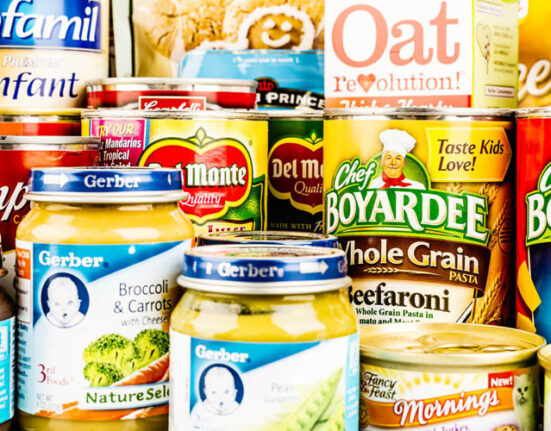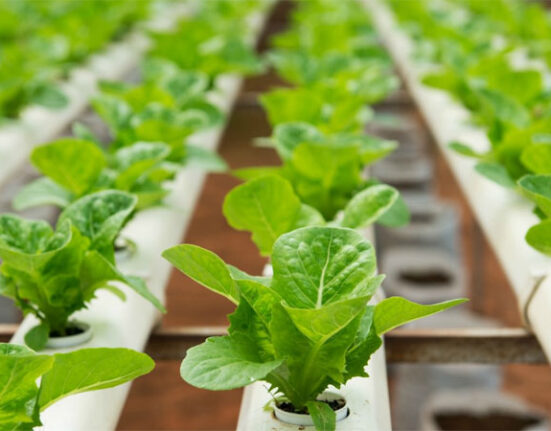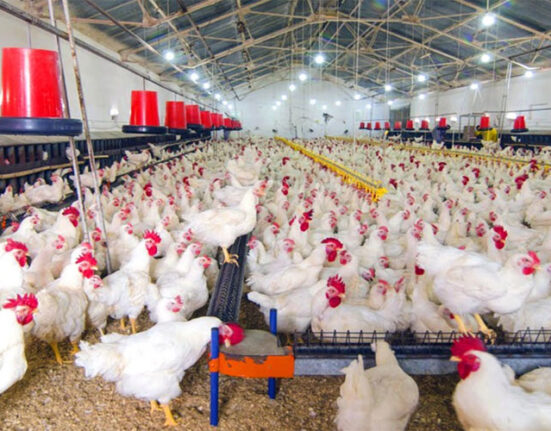In a region characterised by arid landscapes and scarce water resources, Bahrain has
emerged as a leader in water conservation. With the lowest per capita water consumption
among the Arab Gulf countries in 2023, Bahrain is setting an example for sustainable water
management. Recent statistics reveal that Bahrain’s average per capita water consumption is
225.29 cubic metres, significantly lower than the regional average, placing it in 6th position
among Gulf nations.
In stark contrast, Saudi Arabia has the highest per capita water consumption in the Gulf, with
746.60 cubic metres per person in 2023. The UAE follows with 503.65 cubic metres, while
Oman, Qatar, and Kuwait report 375.00, 306.54, and 292.70 cubic metres respectively.
According to a report published on the World Population Review website, Bahrain’s water
usage is distributed as follows: 63.4% for municipalities, 33% for agriculture, and 3.25% for
industry.
The report also highlights global water consumption patterns. India consumes the largest total
amount of freshwater globally. Canada has the highest annual per capita water withdrawal rate
at 959.96 cubic metres, with industry using 75.92%, municipalities 13.43%, and agriculture
10.65%.
Argentina ranks second in per capita water withdrawal at 835.92 cubic metres annually,
primarily for agriculture (73.93%). Thailand withdraws 821.00 cubic metres per year, with
agriculture accounting for 90.37%. Indonesia withdraws 813.95 cubic metres per capita
annually, with 85.21% used for agriculture.
Other countries with low annual per capita water withdrawals include the Maldives at 10.91
cubic metres (94.92% for municipalities), as well as Suriname, Guyana, Comoros, Equatorial
Guinea, Djibouti, and Lesotho, all of which withdraw less than 21 cubic metres per capita per
year.


